Optimal Timing for Waterproofing Projects
Proper timing for waterproofing projects is essential to ensure durability and effectiveness. The optimal period typically depends on weather conditions, temperature ranges, and moisture levels. Generally, the best time for waterproofing is during dry, mild weather when temperatures are above freezing and below extreme heat. This allows the materials to cure properly and adhere effectively to surfaces.
Late spring and early fall often provide the most suitable weather for waterproofing, with moderate temperatures and low precipitation.
Waterproofing should be avoided during periods of heavy rain, snow, or extreme heat to prevent compromised application and curing.
Most waterproofing products perform best when temperatures are between 50°F and 85°F, ensuring proper curing and adhesion.
Scheduling waterproofing before seasons with unpredictable weather helps maintain the integrity of the application.
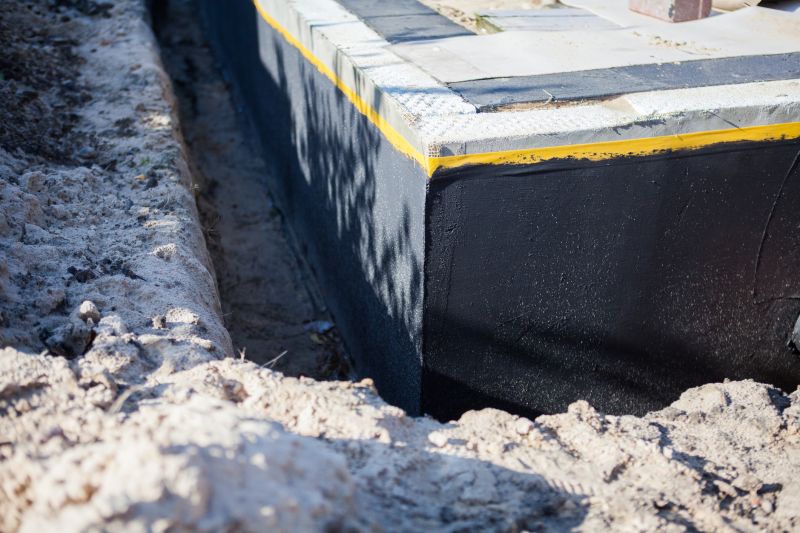
Ways to make Waterproofings work in tight or awkward layouts.
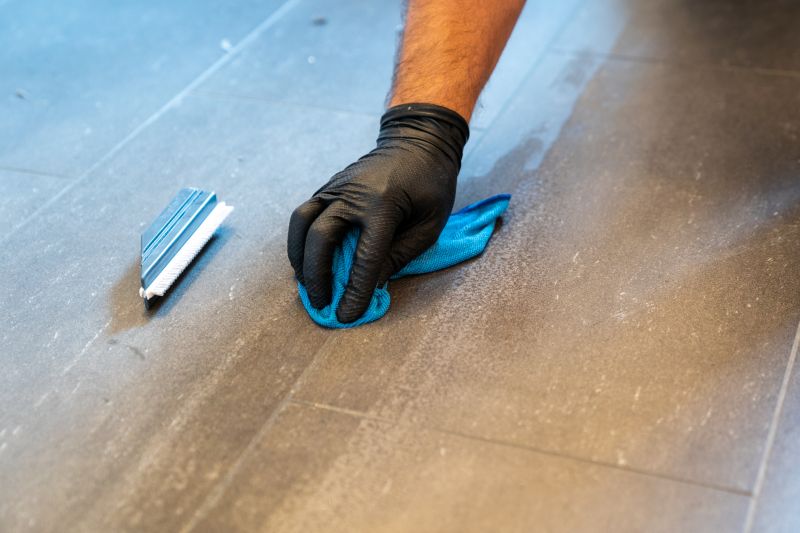
Popular materials for Waterproofings and why they hold up over time.
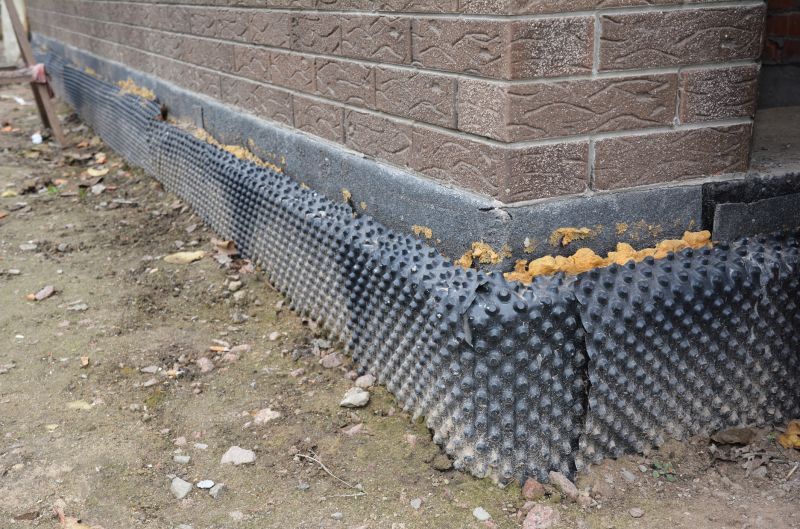
Simple add-ons that improve Waterproofings without blowing the budget.
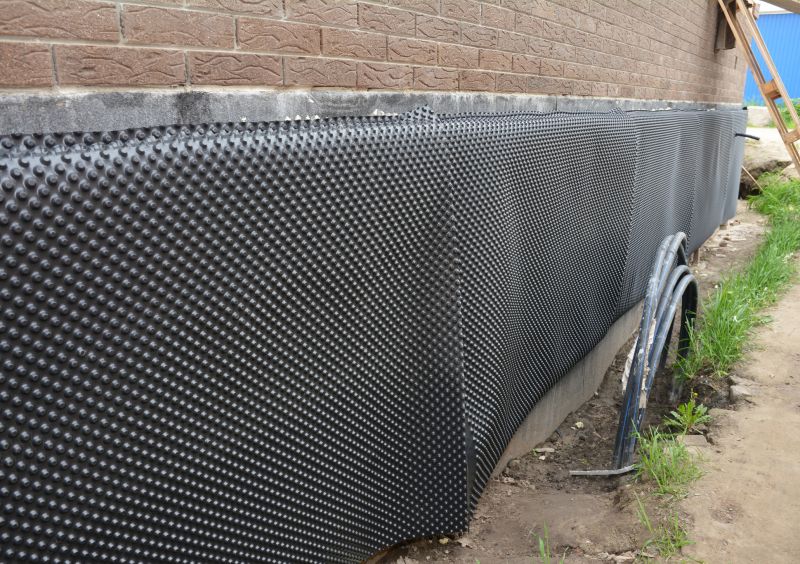
High-end options that actually feel worth it for Waterproofings.
| Season | Best Conditions |
|---|---|
| Spring | Moderate temperatures and low rainfall |
| Summer | Early morning or late evening to avoid heat |
| Fall | Mild weather with low humidity |
| Winter | Generally not recommended due to freezing temperatures |
Waterproofings are essential for protecting structures from water intrusion and damage. They involve applying specialized materials to surfaces such as foundations, roofs, and walls to create a barrier against moisture. Proper waterproofing extends the lifespan of buildings, prevents mold growth, and reduces maintenance costs. The effectiveness of waterproofing depends heavily on correct timing, surface preparation, and weather conditions at the time of application.
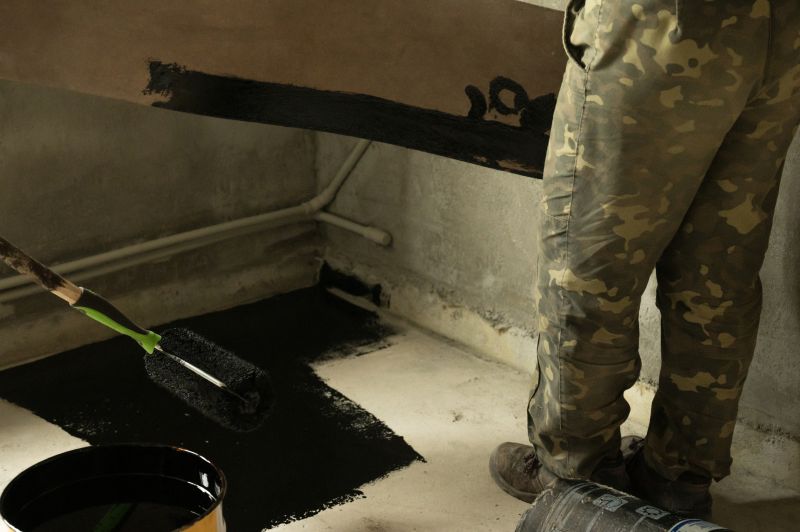
Finishes and colors that play nicely with Waterproofings.
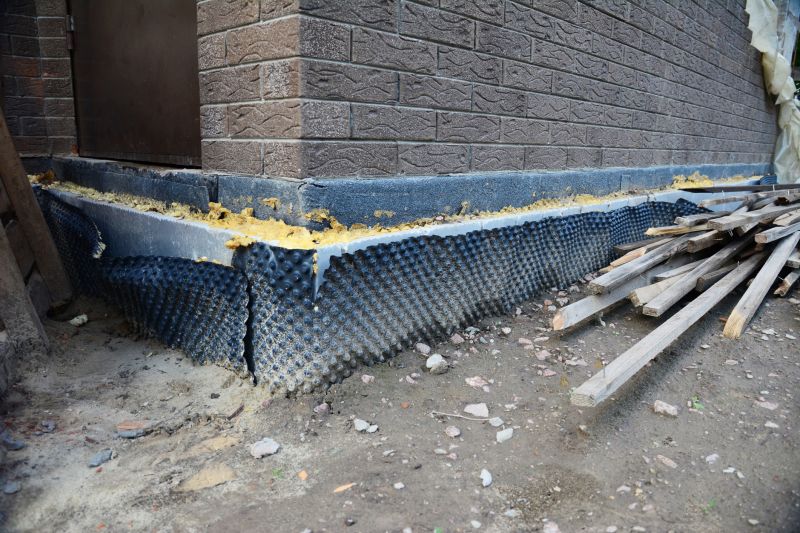
Little measurements that prevent headaches on Waterproofings day.

A 60-second routine that keeps Waterproofings looking new.
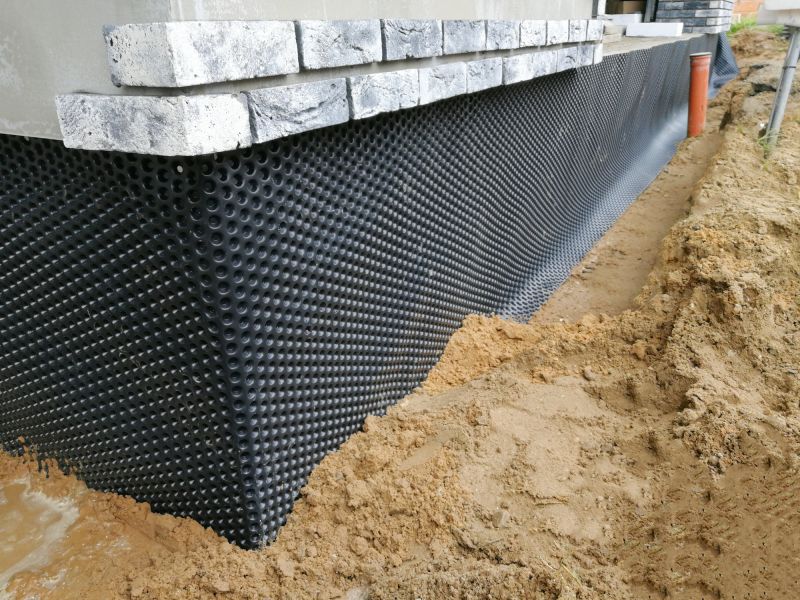
A frequent mistake in Waterproofings and how to dodge it.
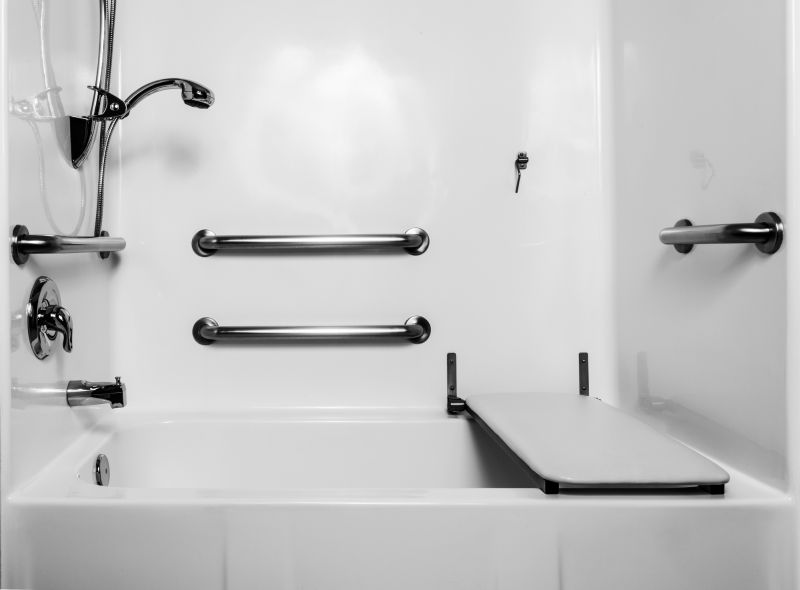
Small tweaks to make Waterproofings safer and easier to use.
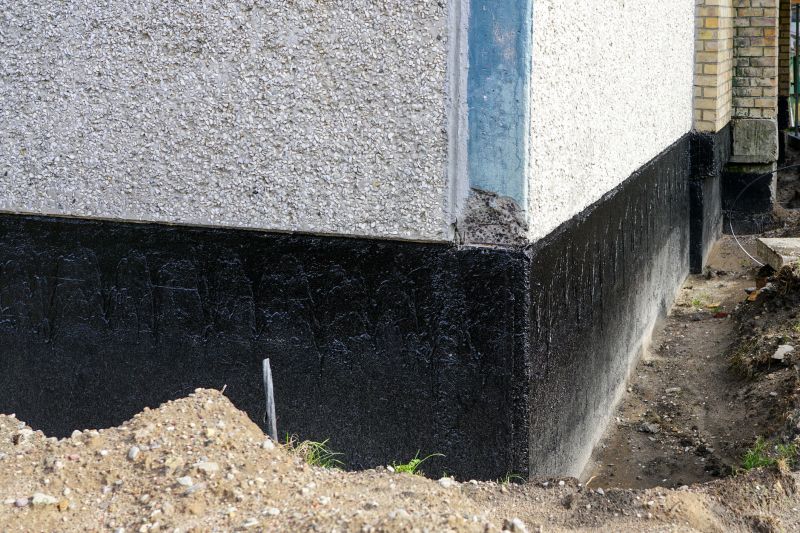
Lower-waste or water-saving choices for Waterproofings.
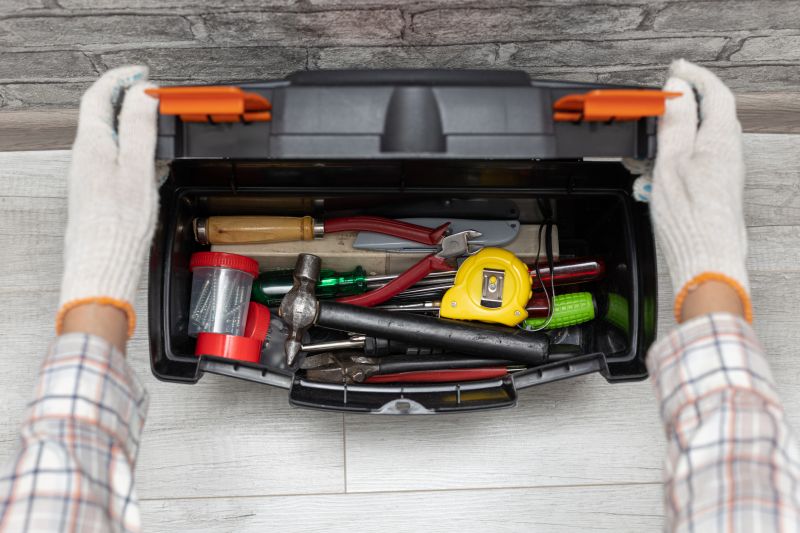
The short, realistic tool list for quality Waterproofings.

Rough timing from prep to clean-up for Waterproofings.
Interested parties should consider scheduling waterproofing projects during optimal weather conditions to ensure maximum effectiveness. Proper timing not only enhances the durability of the waterproofing but also minimizes disruptions and additional costs. For detailed guidance tailored to specific structures and local climate, contacting a waterproofing professional is recommended.


